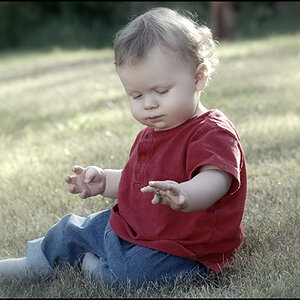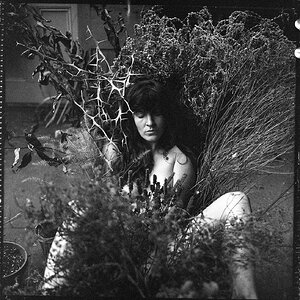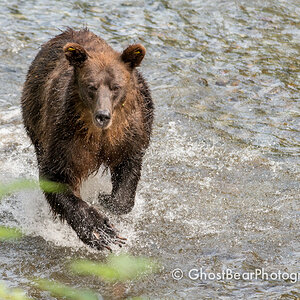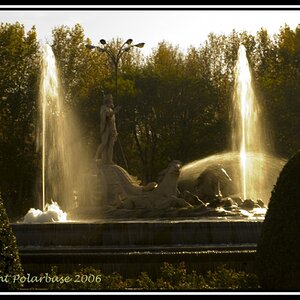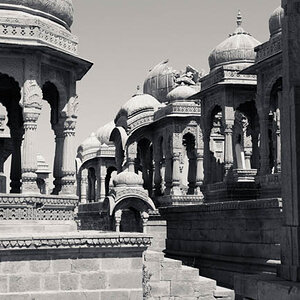Jaystar2009
TPF Noob!
- Joined
- Feb 22, 2010
- Messages
- 2
- Reaction score
- 0
- Location
- Brisbane
- Can others edit my Photos
- Photos OK to edit
Outline: This question is primarily referring to fashion photography since that's my creative interest. I have noticed that the catalogue/fashion/swimsuit shots look more color-inviting in the 80's/early 90's than the catalogue/fashion/swimsuit shots nowadays, the 80's shots aren't over-precise but they have character.
1) How come...1980's shots look different? was it the equipment+temperature+exposure+light+old-school development or perhaps other factors?
If you don't understand, please analyse an 1980's ELLE, VOGUE, SPORTS ILLUSTRATED magazine with either christy, elle, claudia etc. and compare the shots to a 2010 ELLE, COSMOLITAN magazine with gisele, adriana etc.
1) How come...1980's shots look different? was it the equipment+temperature+exposure+light+old-school development or perhaps other factors?
If you don't understand, please analyse an 1980's ELLE, VOGUE, SPORTS ILLUSTRATED magazine with either christy, elle, claudia etc. and compare the shots to a 2010 ELLE, COSMOLITAN magazine with gisele, adriana etc.


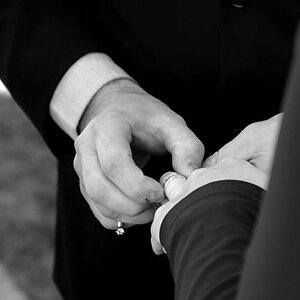

![[No title]](/data/xfmg/thumbnail/36/36395-66eaff4565ecf4245f13a9c469a9273b.jpg?1619737548)
![[No title]](/data/xfmg/thumbnail/34/34058-276eb00b31d5bfacf4028e7f729dc601.jpg?1619736257)
![[No title]](/data/xfmg/thumbnail/36/36394-700ff78d7b45c663863e641a9bcf1fe1.jpg?1619737548)
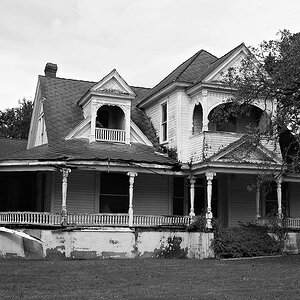
![[No title]](/data/xfmg/thumbnail/36/36393-86ce601930c671b92b6df002b7fcbd0b.jpg?1619737548)
